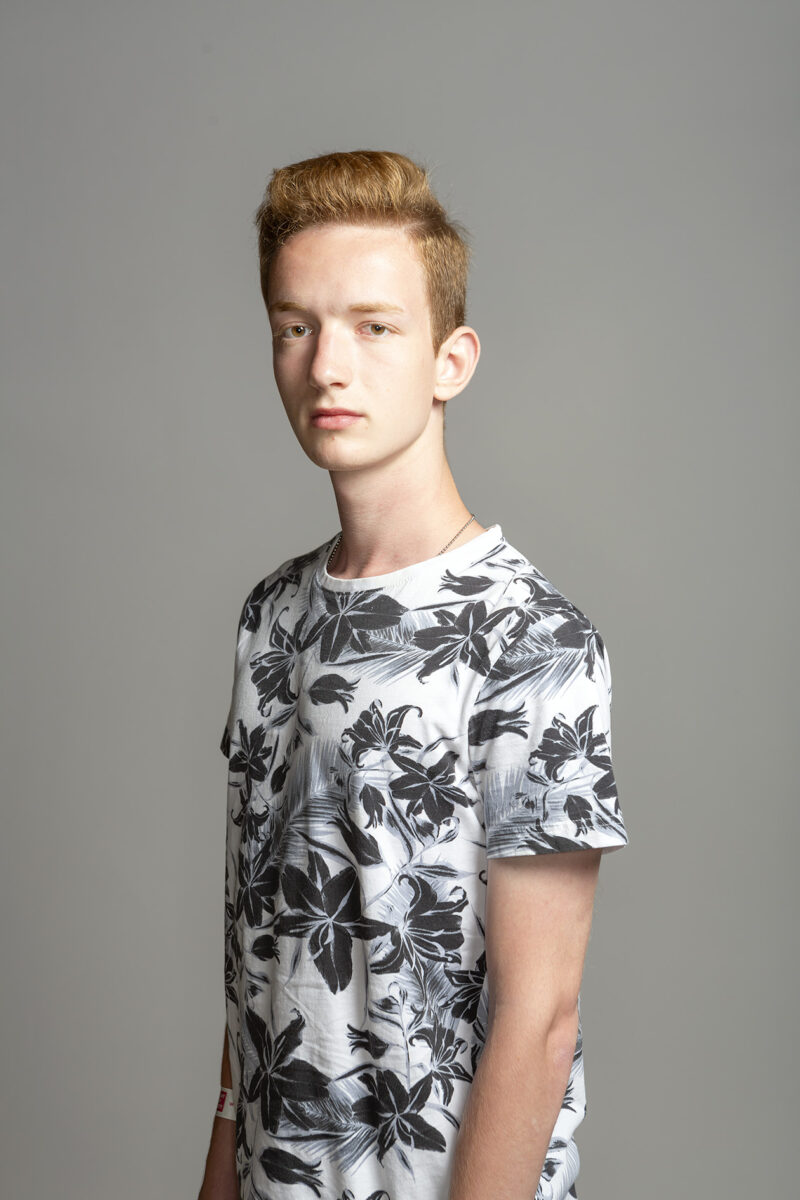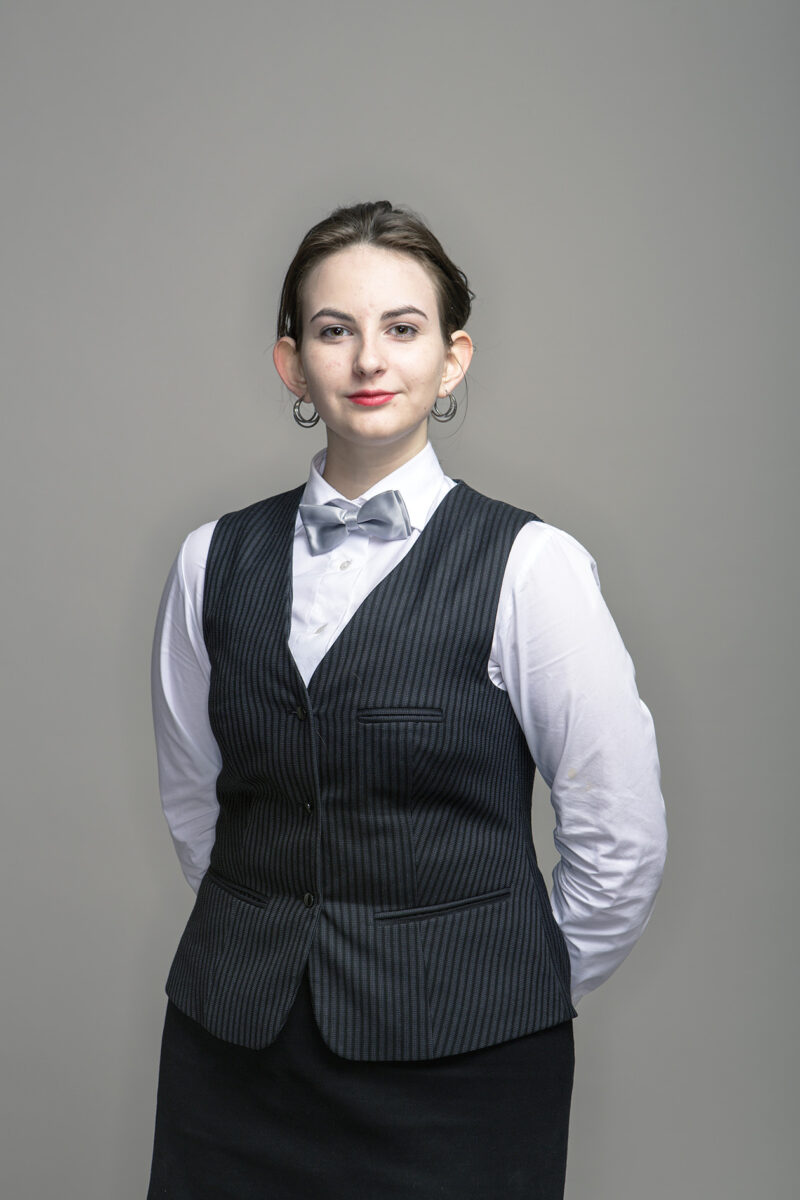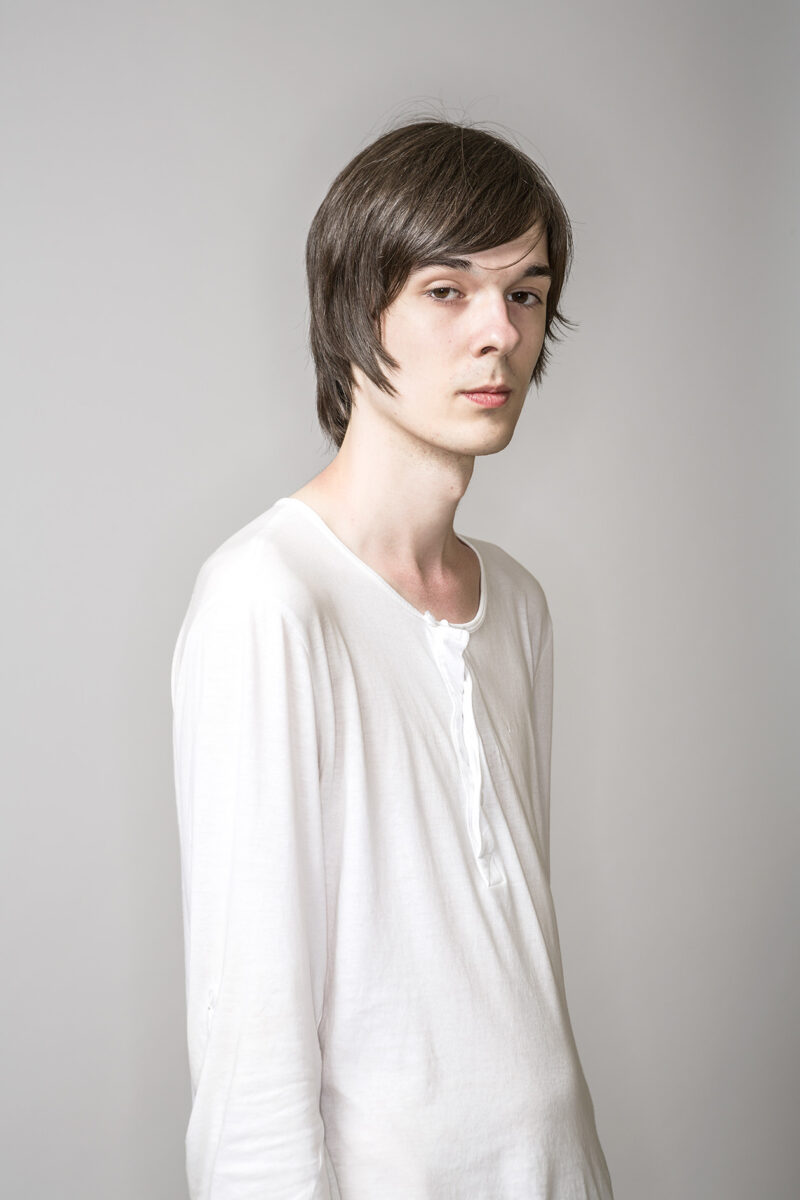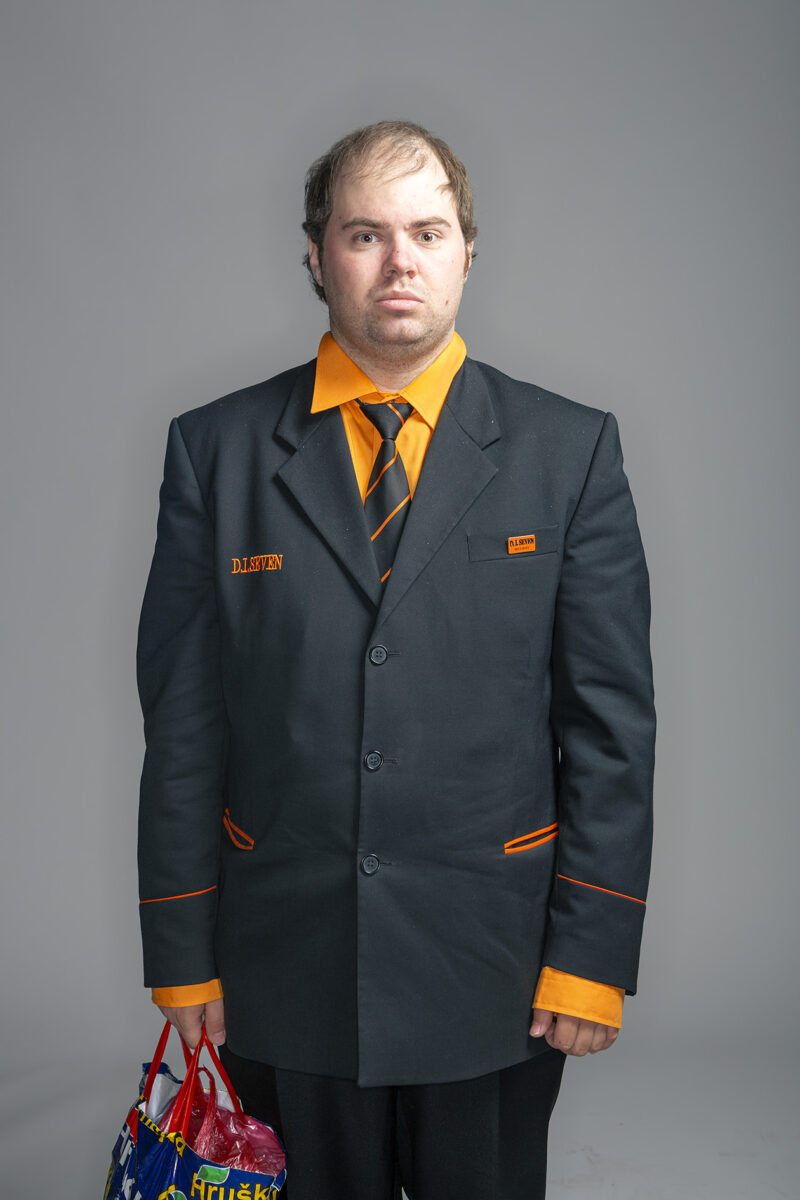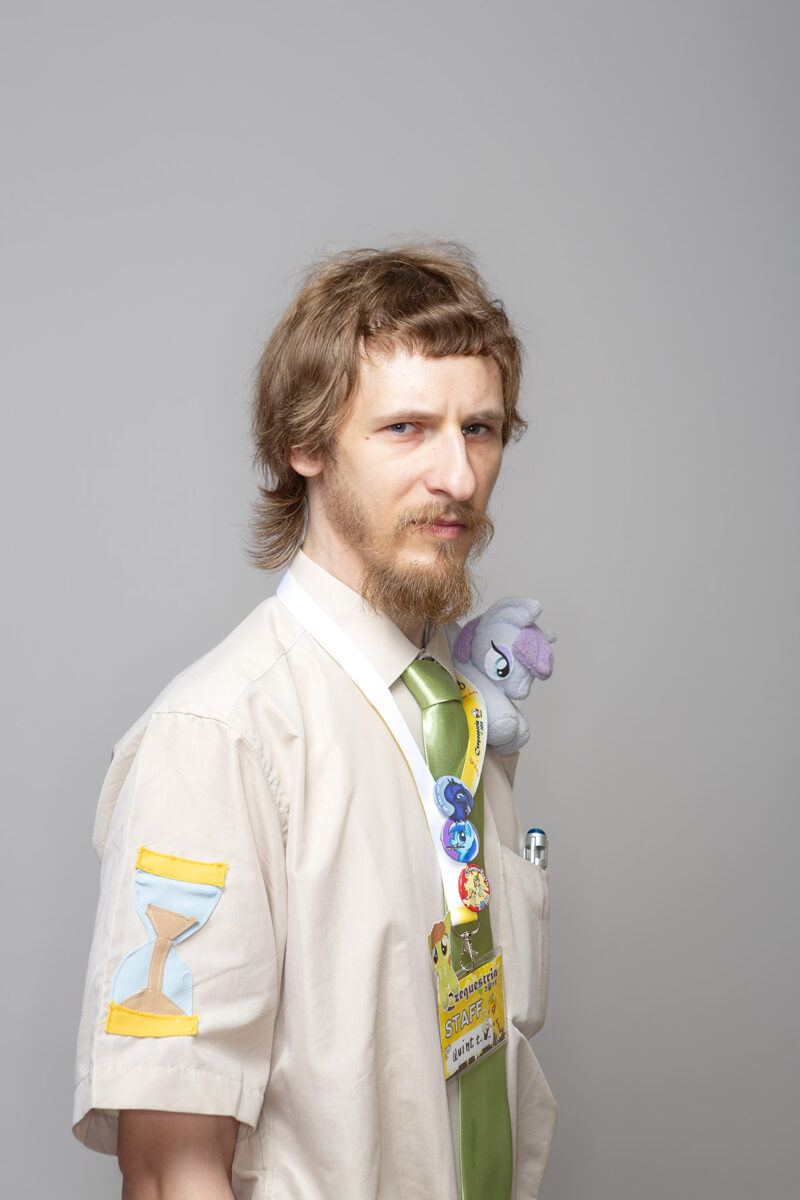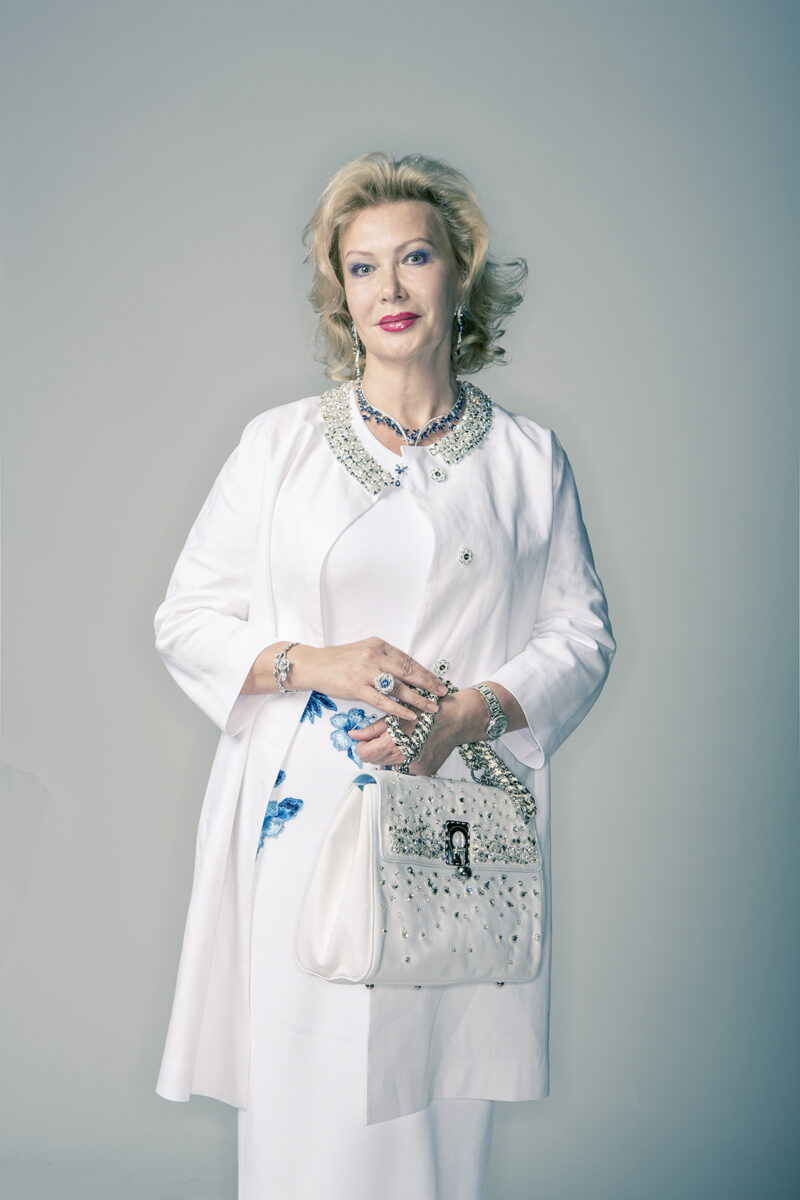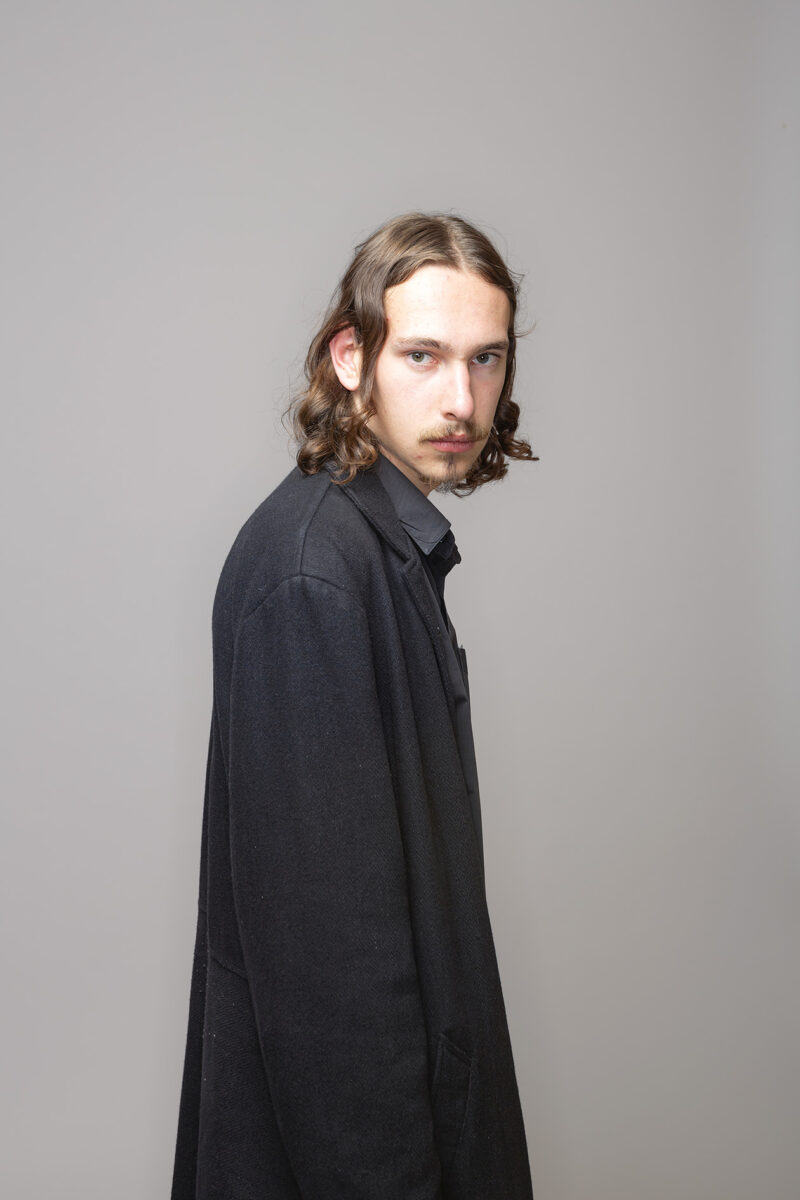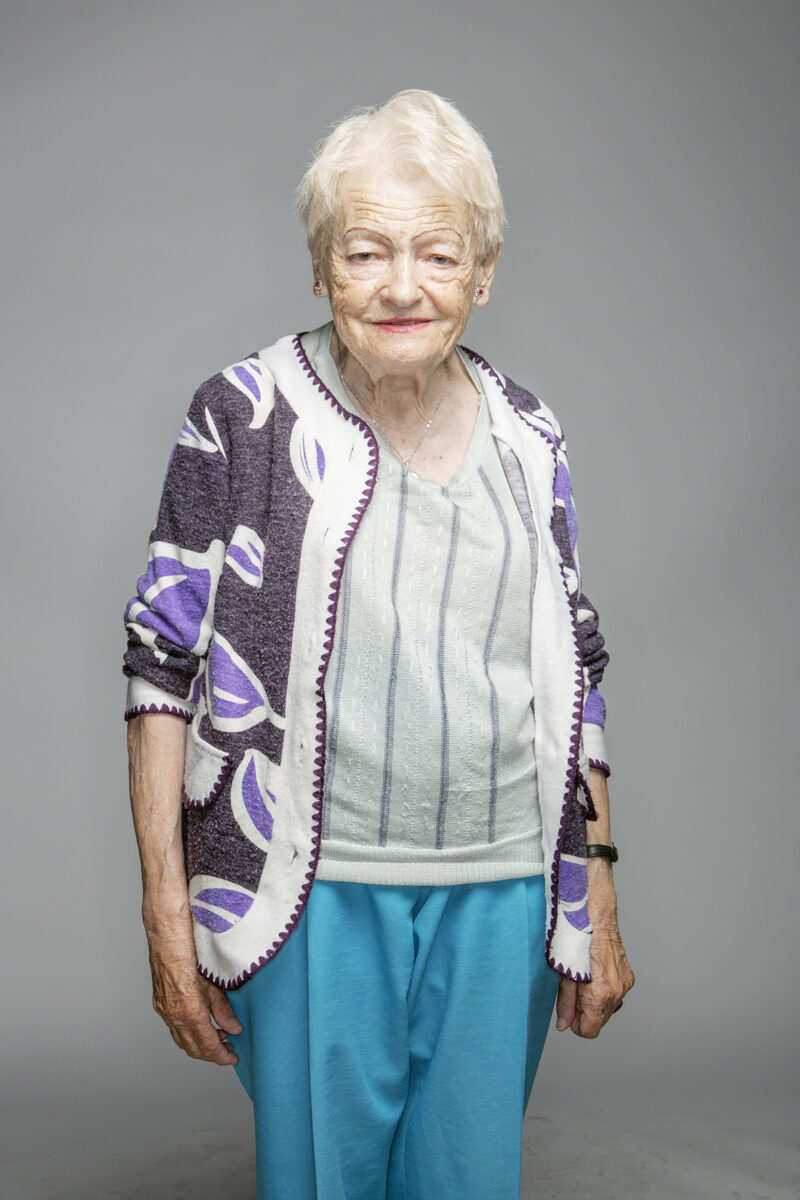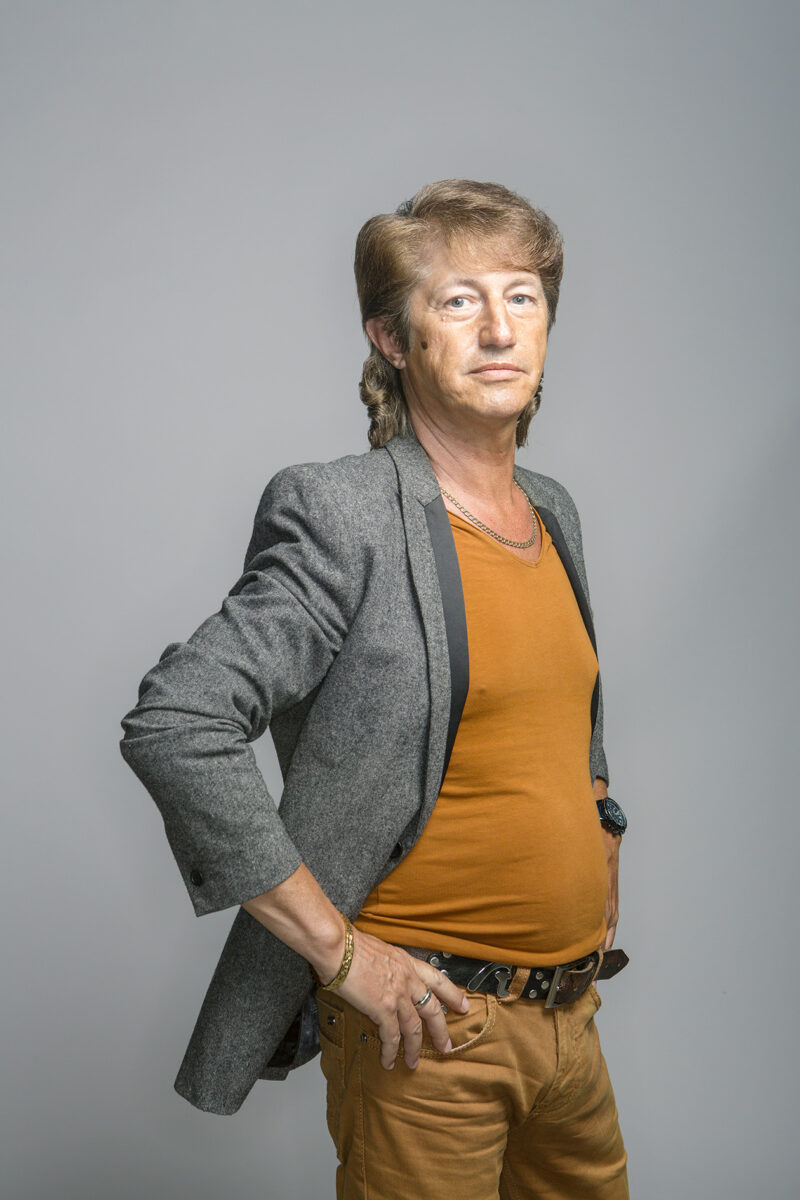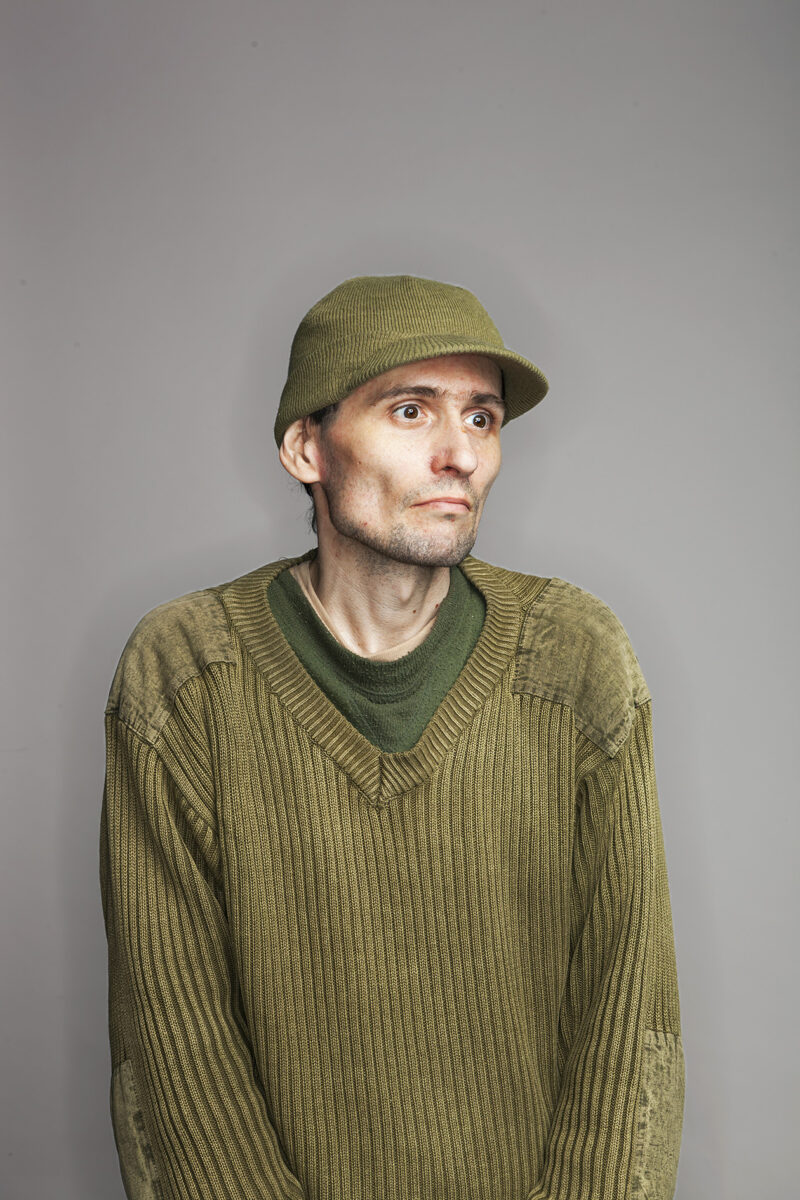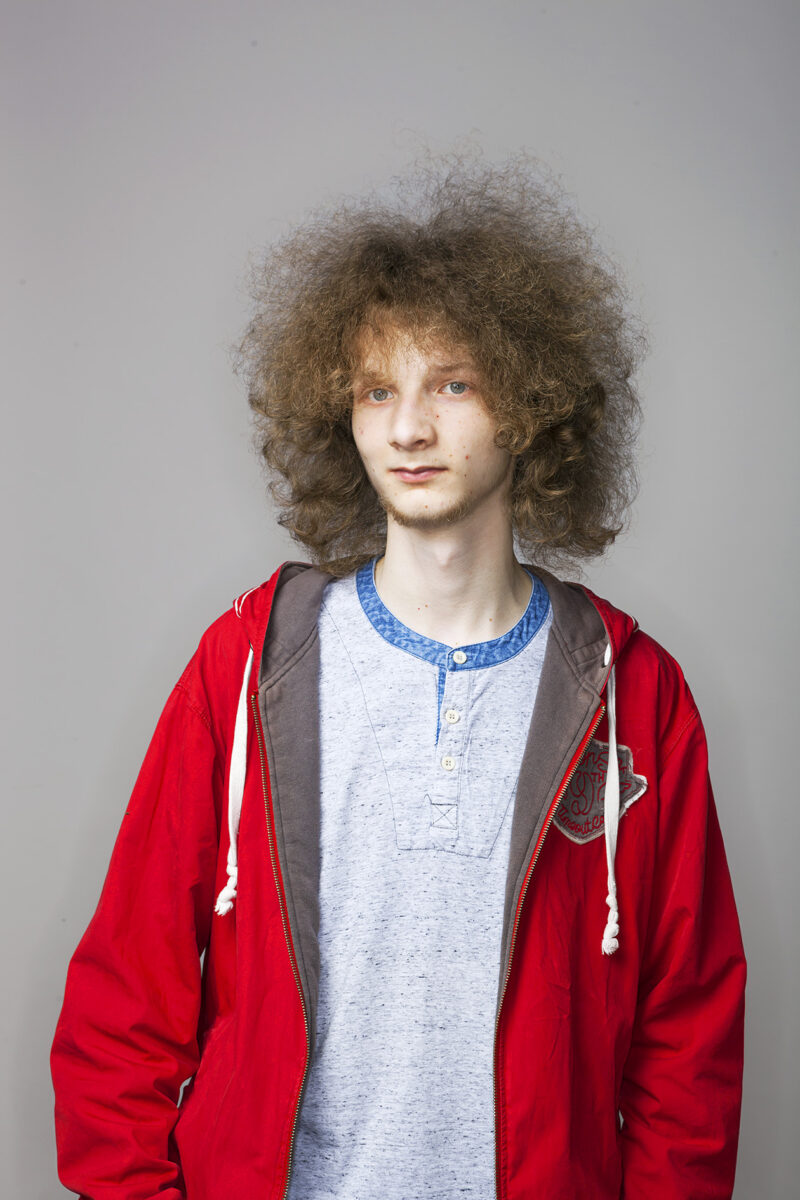Beings
A long-term portrait series formally rooted in Christian portraiture follows those who, in forming their physical and other identities, became their own creators
For nearly two decades, Václav Jirásek has carried his mobile portrait studio to various mass events – marijuana legalization protests, film festivals, comic cons, Pride celebrations, My Little Pony fans gatherings – to matter-of-factly photograph characters worthy of the Dutch masters. Taken out of their context, they stand out against a white background as both oddly familiar and utterly strange.
In retrospect, Jirásek’s focus spans two poles. First, there are the enigmatic, otherworldly beings traversing spiritual and earthly realms – angels or aliens, whose promise of alternative realities comes forth regardless of attire or mask.
It is no wonder Jirásek approaches them with the conventions from Christian saint portraiture. The second group consists of original self-stylizations – “creatures” rather than “beings” – who use masks as a means of temporary or long-term escape from societal constraints. Their poses testify to their dreams, playfulness, curiosity or need for release – and our culture’s current penchant for RPGs and cosplay. However, the photographer’s attention instinctively gravitates towards what that the characters cannot control, often revealing their most habitual, most fixed selves amidst the efforts to assume altered identities. With inevitable regularity, the harder they try to be something else, the more their humanity shines through the inhuman mask.
As with any typology, countless deviations lie between the extremes, including those that are simply outrageous or silly, delighting viewers with their brazen eccentricity. Sometimes, the shaman is nothing more than the QAnon Shaman. The majority of mutations in Jirásek’s deliberately canonical depictions draw inspiration from pre-Christian traditions and mythology recycled by the film and video game industries, with zombies, witches, trolls and rainbow plastic centaurs embodying our civilisation’s willing fusion with the popular culture’s spiritual dominance and our further acquaintance with the idea of the hybrid. Altogether ‘Beings’ represent a moment of humanity’s rapid metamorphosis under the influence of digital technologies, where individuals have achieved unprecedented control over their identities both within and outside the confines of mainstream societies. As they further extend their senses through genetic modification, screens and other devices and generally gain on microplastics and silicon, they will ultimately make themselves ready for advancement into fully integrated cyborgs.
